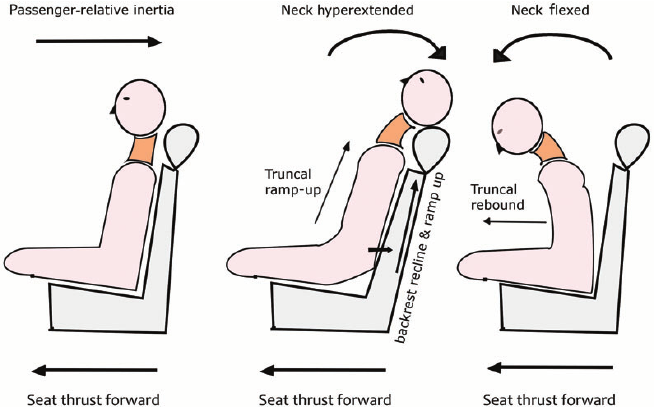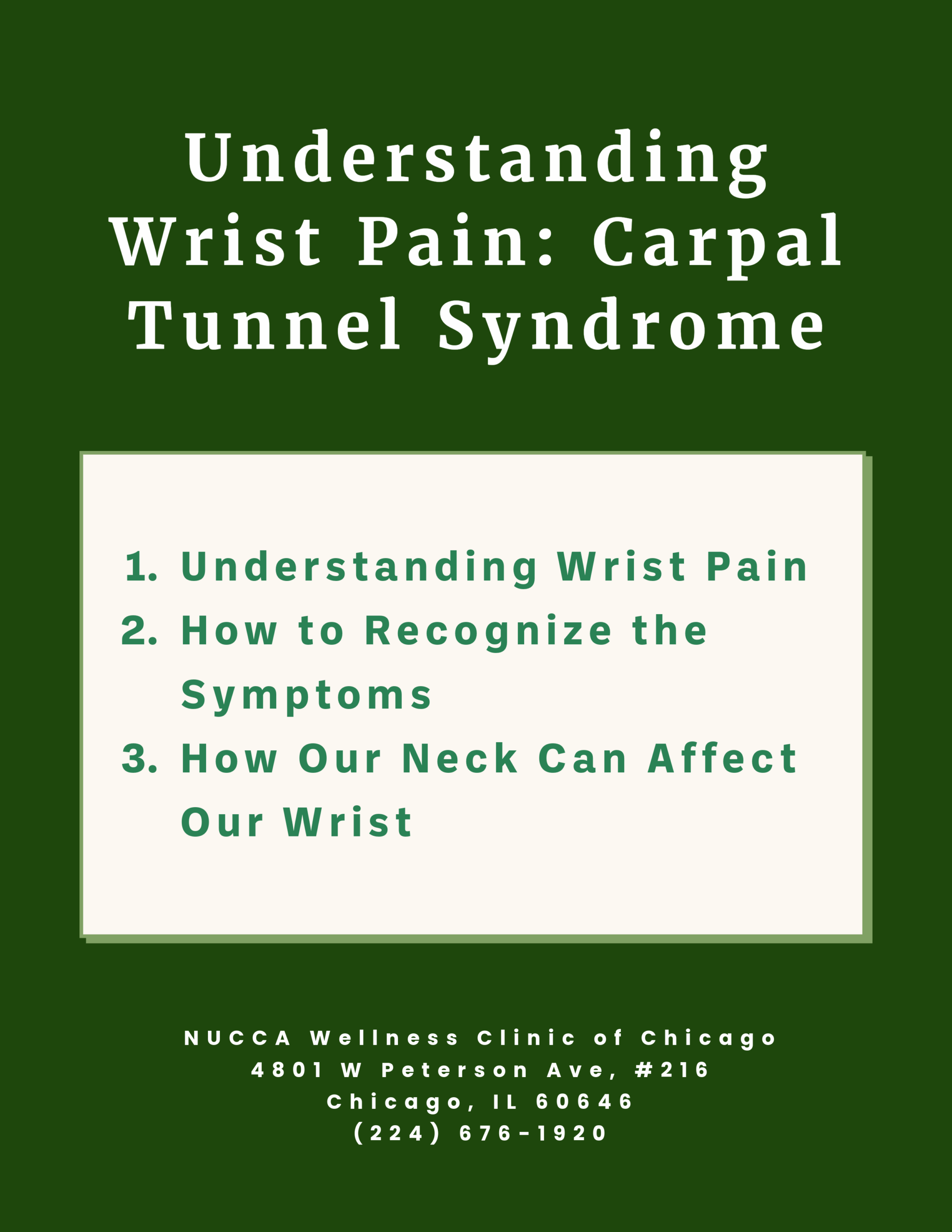A car accident is not just a strain/sprain injury!
In the past, whiplash injury was often considered minor soft tissue injury and somewhat neglected its significant on brain health. For one reason, some people feel soreness for a few days after an accident, then feels as though they have recovered completely. When years or decades later they experience debilitating symptoms, they may not recognize and even be confused that the two are directly related. These symptoms can appear as chronic neck pain, one-sided weakness, headache, migraines, dizziness, fibromyalgia, degenerative discs, jaw disorder, ringing in the ear, and the list goes on.
It seems public perception of concussion has shifted toward more accepting the significance of brain injury from head and neck trauma. Many former NFL players have complained about the signs of permanent brain damage (chronic traumatic encephalopathy) as a result of multiple concussions. Some are left with physical, emotional, or mental disabilities. In light of this new evidence, what was once a few weeks off from practice now has become a possible career-ending injury. Just like how concussion has become known to the public that it can cause permanent and severe impairments that may show up later in life, whiplash injury has been showing a similar effect on health, even with the speed less than 10 mph. The standard protocol for concussion is to be evaluated and treated immediately and the same is true with even the mildest of whiplash injuries.
Figure 01. Mechanism of Whiplash Injury; Key points from the article,
Tameem, Alifia & Kapur, Sandeep & Mutagi, Hirachand. (2014). Whiplash Injury. Continuing Education in Anaesthesia, Critical Care and Pain. 10.1093/bjaceaccp/mkt052.
These are the five phases of whiplash injury
- When the car gets hit from behind, the seat pushes against the back. The spine gets loaded with forces that compress the cervical spine upward against the head.
- The torso continues to accelerate forward, but the head stays because it is not in contact with the seat yet. As a result, the abnormal compressive and shearing forces can potentially be applied and damage intervertebral discs, facet joints, and other neck structures.
- The person’s head slams backward into the accelerating seat. Soft tissues at the front part of the neck are likely to be injured as the neck rapidly extends backward.
- The head bounces off the seat and now accelerates forward.
- The seatbelt restrains the body while the neck rapidly flexes as the head whips forward, therefore, injuring the soft tissue at the back of the neck.
Dr. Gilles Beaumont shared a video to visualize how whiplash injury happens in a car. This is only a 6 MPH rear-ended collision.
How your injury is treated determines whether you heal properly or risk very long-term chronic conditions.
How your injury is treated can determine whether you heal properly or risk a life-long disability. Patients who are treated through more traditional channels are frequently prescribed medications and may undergo some physical therapy. If these treatments fail, the patient may be sent to a pain clinic for a series of injections to manage the pain.
In reality, none of the traditional treatments actually correct the most critical component of whiplash which is a condition called the Atlas Subluxation Complex. This condition occurs when one or both of the upper cervical vertebrae (top two bones in the upper neck) become misaligned and cause both neurological and musculoskeletal damage. This condition is most commonly detected through a thorough examination by an upper cervical chiropractor. Upper cervical care is a specialty within chiropractic that focuses on the upper neck and more importantly, the brain stem area. A mild trauma, such as whiplash injury or a concussion, can cause an atlas subluxation (neck misalignment) that will often go undetected to the untrained eye. It is this type of injury that can lead to years of unnecessary pain and suffering.





